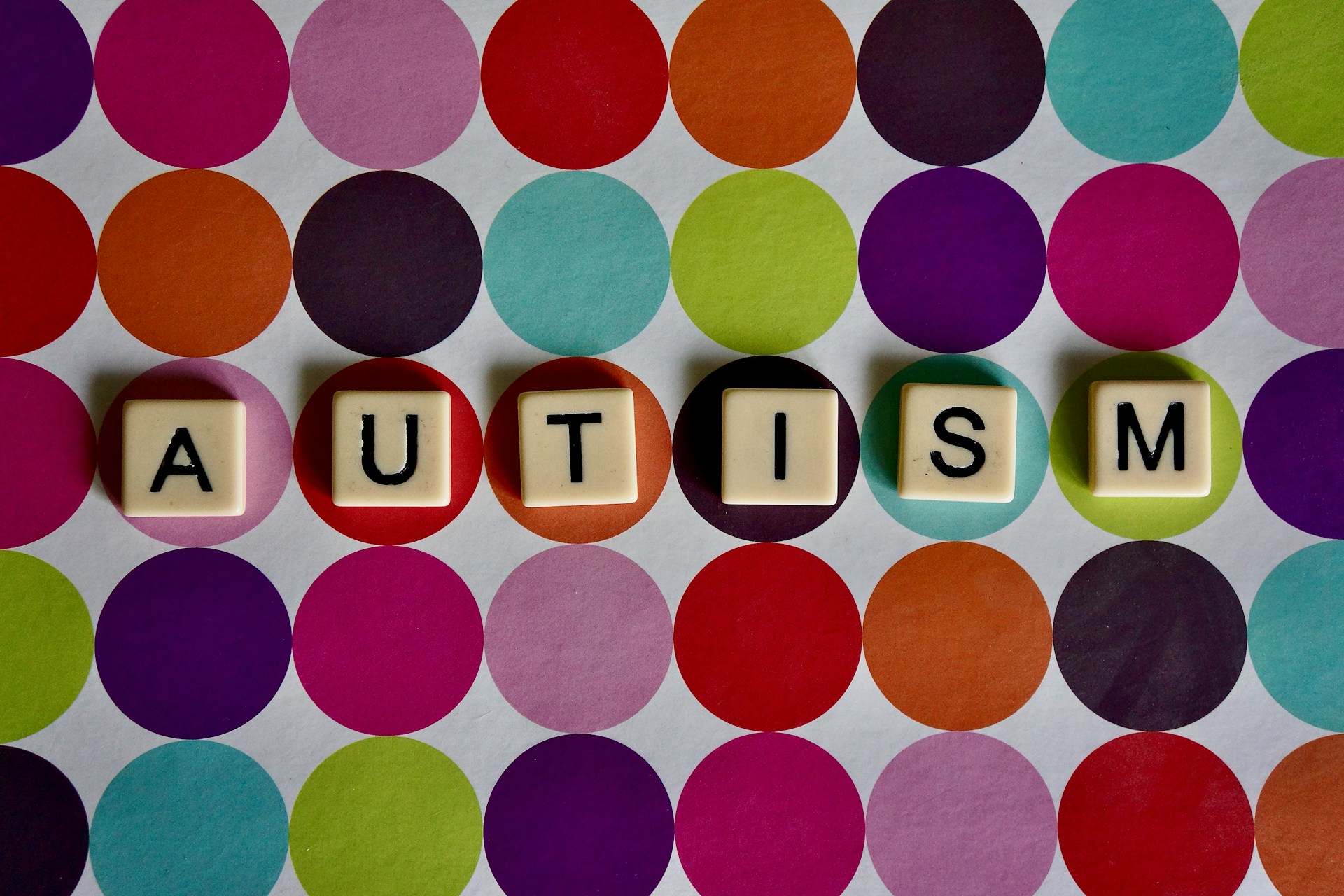
Autism Spectrum Disorder (ASD) is a complex condition that has garnered increasing attention in recent years. Traditionally viewed as a singular disorder, it is now recognized as a spectrum, encompassing a range of different types of autism. As you have probably already noticed as a parent of a child on the spectrum, ASD spectrum highlights the diversity in symptoms and severity, challenging the one-size-fits-all perceptions.
To help you explore various ASD types, we’re here offering insights into their specific characteristics and how they impact individuals.
Different Types of Autism and Their Symptoms
The diversity of ASD is reflected in the unique characteristics of its subtypes. Here, we will explore five of the most notable ones. It’s important to mention that after the publishing of the Diagnostic and Statistical Manual of Mental Disorders, Fifth Edition, (DSM-5), some of them have been integrated into the broader diagnosis of ASD, while others have been given a separate code.
Kanner’s Syndrome
Kanner’s Syndrome, or Classic Autism, is a neurodevelopmental disorder first identified by Leo Kanner in 1943. It is characterized by:
- Delayed language development
- Repetitive behaviors
- Difficulty with social interactions
Children with Kanner’s Syndrome often show increased interest in specific subjects, such as art or math. They also tend to be overwhelmed by bright lights, specific flavors or smells, or certain textures, making them want to avoid such sensory experiences.
For kids with Kanner’s Syndrome, having personalized educational plans and support is essential. Individualized approaches can make a big difference in how they communicate and interact with others, which consequently improves their quality of life. Additionally, implementing new activities in their daily routine can be highly beneficial.
Asperger’s Syndrome
Asperger’s Syndrome, previously a distinct category within the autism spectrum, is now integrated into the broader diagnosis of ASD as per the DSM-5. It is one of the five types of autism spectrum disorder that has been widely discussed in recent years, especially when it comes to adults with Asperger’s.
Individuals with Asperger’s Syndrome often do not face cognitive development delays. Their IQ is usually within the “normal” range, and in certain cases, it may even reach the genius level, setting them apart from other autism types. Additionally, they may have remarkable focus, a natural ability to recognize patterns, and great attention to detail.
Despite their intelligence, they still struggle with social interactions. They also have specific, focused interests, and they crave routine and consistency, preferring things to be done always the same way.
Just like those with Classic Autism, people with Asperger’s Syndrome may be overly sensitive to bright lights, loud sounds, and other sensory inputs.
Rett Syndrome
Rett Syndrome is a rare neurological disorder almost exclusively affecting girls, typically emerging between 6 and 18 months of age. Since the publication of the DSM-5, it has been classified by its own diagnosis code.
Rett Syndrome has many characteristics similar to Classic Autism. However, there are also some notable differences:
- Repetitive behaviors in Rett Syndrome are predominantly characterized by specific hand movements.
- Children with Rett Syndrome tend to become more socially engaged over time.
- They usually maintain eye contact, diverging from the avoidance often seen in Classic Autism.
- Coordination challenges in Rett Syndrome can be significantly more severe.
- They are more likely to develop issues with the autonomic nervous system, potentially leading to life-threatening breathing abnormalities.
Childhood Disintegrative Disorder (CDD)
Childhood Disintegrative Disorder (CDD), also known as Heller’s syndrome, is a rare and severe form of autism. Just like Asperger’s Syndrome, it has become a part of the broader diagnosis of ASD.
It is characterized by a marked regression in multiple developmental areas. Children with CDD develop normally until around 2–3 years of age, after which they experience a significant loss of social, language, motor, and other developmental skills they had previously acquired.
This condition, more prevalent in boys, leads to symptoms similar to other forms of autism. However, what sets it apart is the more dramatic loss of previously acquired skills, as this regression typically happens within 6–9 months. CDD is also characterized by seizures that usually start within the first two months of life.
Pervasive Development Disorder — Not Otherwise Specified (PDD-NOS)
PDD-NOS was previously a category within the autism spectrum but is now a part of the ASD diagnosis. It used to be used for individuals who exhibited some autism characteristics, but the unique mix or intensity of those symptoms didn’t meet the full criteria for any specific ASD diagnosis.
It’s often referred to as “subthreshold autism” or “atypical autism”, and children are usually diagnosed with it around the age of three. This variation highlights the highly individualized nature of ASD.
Conclusion
Understanding different forms of autism is crucial in recognizing this condition’s complexity. Each of these types represents a unique set of challenges and needs, emphasizing the spectrum’s diversity. Recognizing these differences is essential for providing appropriate and effective support and treatment of ASD in children.
From some categories of autism that include severe challenges to different types of high-functioning autism, each individual’s experience is unique. As our comprehension of autism evolves, so does our approach to care and support, reinforcing the importance of seeing each individual beyond just their diagnosis.
FAQs
How many types of autism are there?
There are several types of ASD, but five main types are:
- Kanner’s Syndrome
- Asperger’s Syndrome
- Rett Syndrome
- Childhood Disintegrative Disorder
- Pervasive Developmental Disorder—Not Otherwise Specified
What is the mildest type of autism?
Asperger’s Syndrome is generally considered the mildest form of autism. Individuals with Asperger’s often have average or above-average intelligence and do not typically experience the same developmental delays as seen in other forms of ASD.
However, keep in mind that “mild” is relative and doesn’t lessen the difficulties encountered by individuals with Asperger’s, as each person’s experience is unique.
Which are the types of autism in toddlers?
Looking at the five types of autism spectrum disorder, the easiest ones to diagnose at an early age are:
- Pervasive Development Disorder — Not Otherwise Specified (PDD-NOS)
- Childhood Disintegrative Disorder (CDD)
- Rett Syndrome
- Kanner’s Syndrome
Most of these are diagnosed by the age of two or three.
What are the three main symptoms of autism?
The three main symptoms of autism are:
- Delayed Milestones — this might include not meeting developmental milestones at the expected times, such as walking, talking, or engaging in social play. Such delays can often be early indicators of autism in young children.
- Social Interaction Difficulties — individuals might struggle to make eye contact, interpret social cues, or understand other people’s emotions. For example, they may not respond to their name being called or find it hard to participate in group activities.
- Communication Challenges — this can range from delayed speech development to difficulties in holding conversations. For instance, an autistic person might repeat phrases from their favorite shows instead of answering questions directly, or they may have trouble understanding jokes or sarcasm.
Is autism a form of a mental illness?
Autism is a neurodevelopmental disorder, not a form of mental illness. It’s something people are born with, though it may not show right away, and it involves challenges that can be physical, cognitive, or behavioral. It’s usually diagnosed by specialists like child psychiatrists, neurologists, or developmental pediatricians.
On the other hand, mental illnesses can develop at any age, and though they can’t be cured, the patients are more likely to recover with the right treatment and support. They are diagnosed by mental health professionals, like psychiatrists and psychologists. General health practitioners are qualified to diagnose them as well, though they may lack the experience to do so when it comes to more severe cases.



